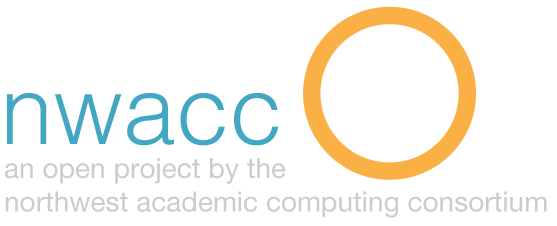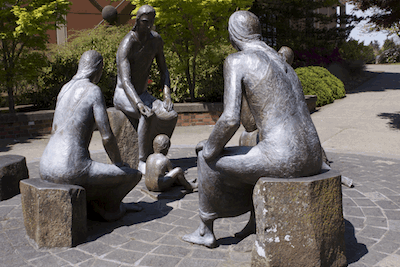Copyright and Fair Use Basics
Description:
Copyright is a form of intellectual property that provides the creator exclusive rights to use and distribute the work created. It is applicable to any form of creative work, typically for the duration of the creator’s lifetime plus 50 to 100 years. Copyright is territorial and can vary depending on country. Fair use provides an exception to the exclusivity of distribution rights by allowing limited use of excerpts of the copyrighted work.
Purpose:
Familiarity with copyright and fair use will help instructors and students make informed decisions about what content can be used without acquiring permission from the rights holders, avoiding copyright infringement and potential lawsuits.
Procedure:
Four main factors should be considered in determining fair use of copyrighted material:
- Purpose and character of use: Is the use of the material transformative as opposed to derivative? Have you added new expression, meaning, or value?
- Nature of the copyrighted work: Published, factual works are more likely to fall under fair use than creative and/or unpublished works are.
- Amount and substantiality of the copyrighted work used: The more of the original material used, especially if it is what is considered the “heart” of the work, the less likely it is to fall under fair use. Context of use influences this – for example, parodies may require much of the original in order to be understood.
- Effect on the value or potential market of the original: Does your use negatively affect the income or market of the copyright owner? If so, it is more likely to trigger a lawsuit.
Activities that tend to fall under fair use include parody, criticism and commentary, news reporting, limited copying by a student for academic work, and art. Works used for nonprofit, educational, or personal use are also more likely to fall under fair use than commercial usage.
Considerations:
If a copyright owner disagrees with your interpretation of what constitutes as fair use of their work, it is possible the dispute will need to be resolved legally.
Level:
Beginner
Resources:
“The Campus Guide to Copyright Compliance.” Copyright Clearance Center. Web. 10 July 2015. <https://www.copyright.com/Services/copyrightoncampus/>.
“Copyright and Fair Use.” Stanford Copyright and Fair Use Center. 02 Apr. 2013. Web. 10 July 2015. <https://fairuse.stanford.edu/>.
“More Information on Fair Use| U.S. Copyright Office.” More Information on Fair Use| U.S. Copyright Office. Web. 10 July 2015. <https://copyright.gov/fair-use/more-info.html>.


